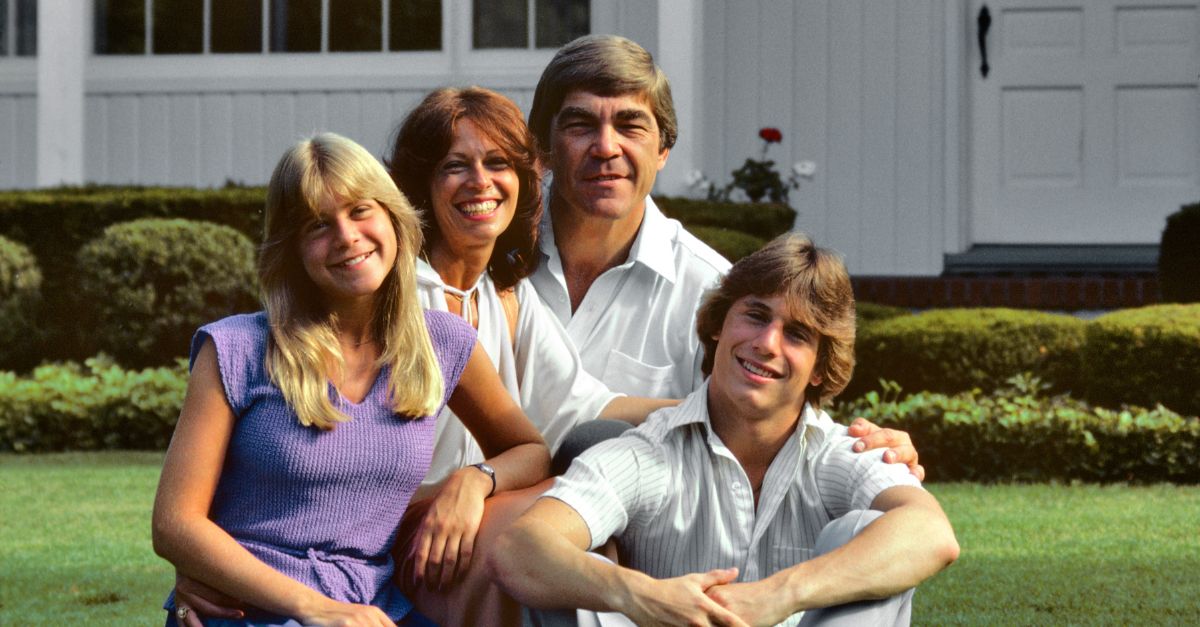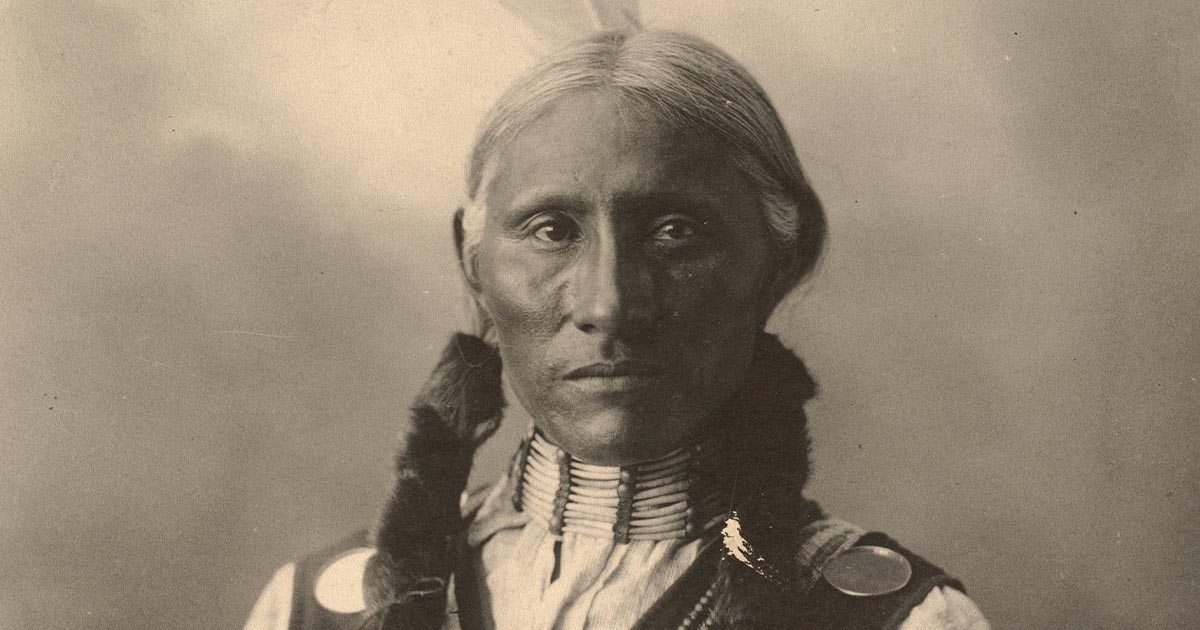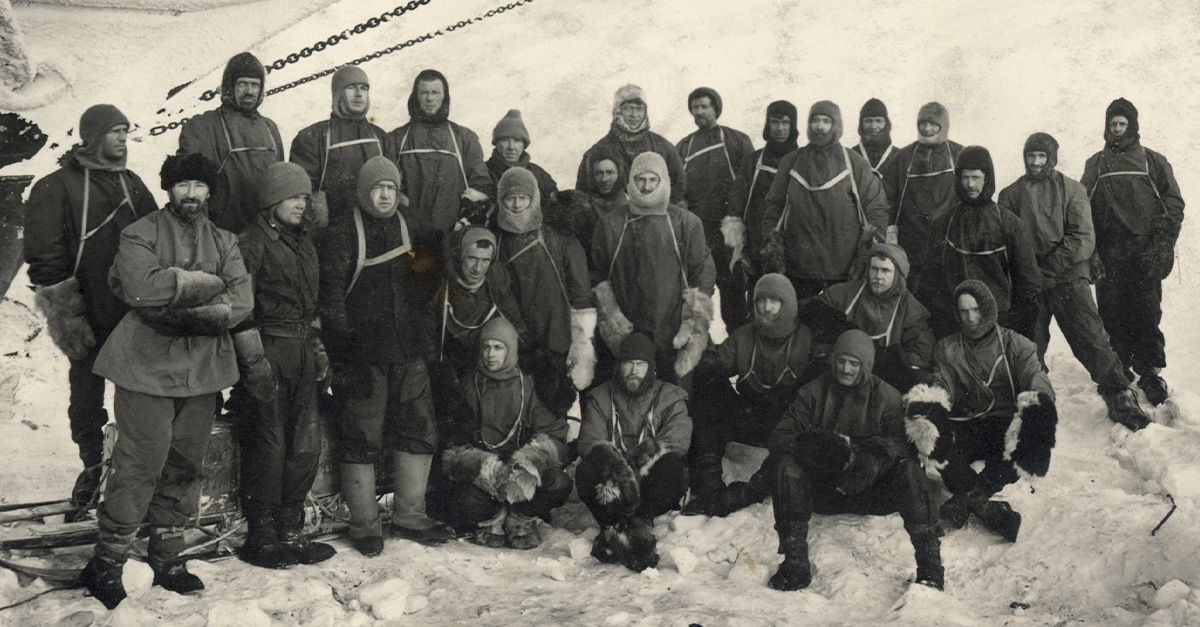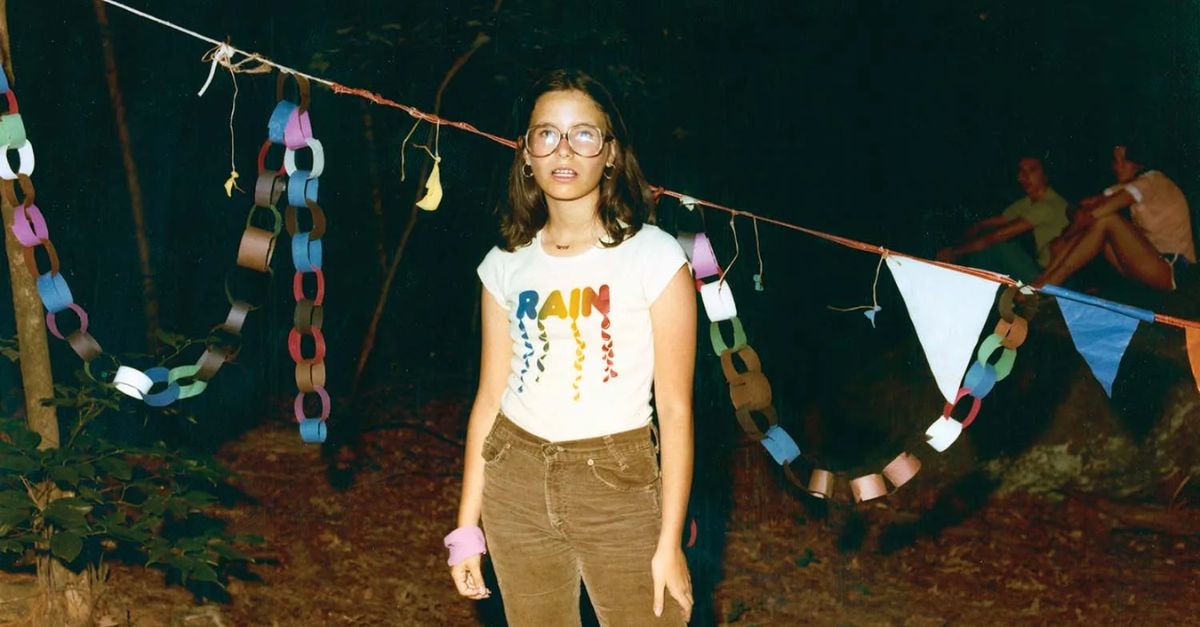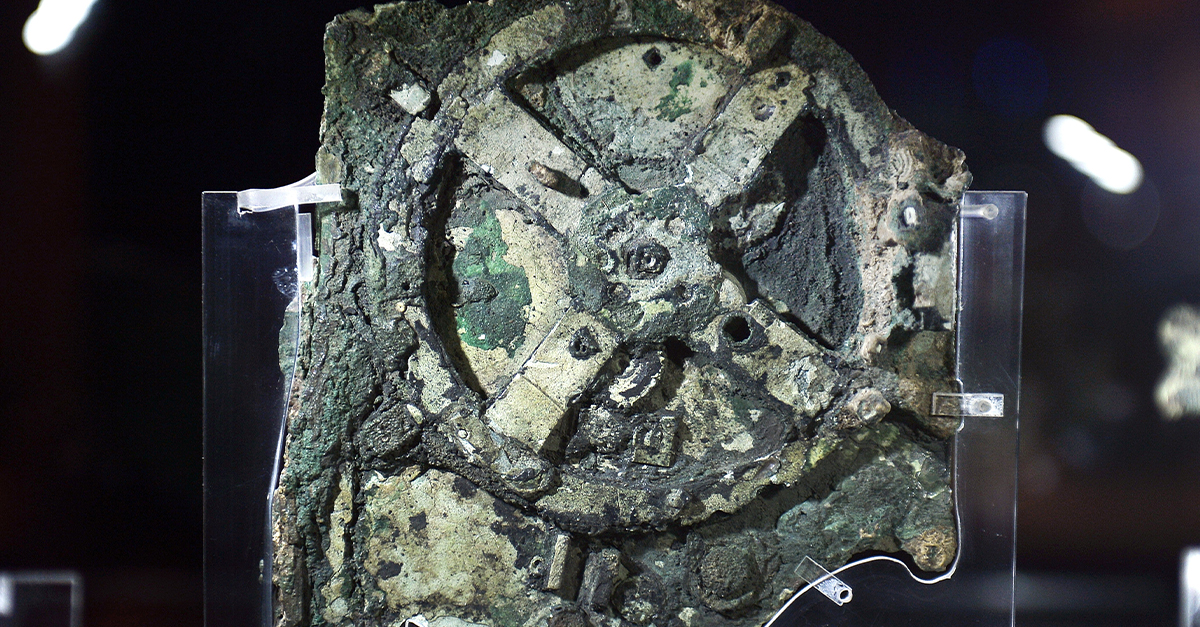Middle-Class Life Was Something Else
The American middle class has always been a mirror of the times by reflecting values and everyday choices. But what did life actually look like in the 1970s compared to today?

Living Rooms Were Wood-Paneled And Brown
In the 1970s, the middle-class living room was a cozy cave of earth tones. Wood-paneled walls, shag carpets, and neutral-colored furniture created a warm if slightly dim, atmosphere. Today’s living rooms lean bright and minimal, but back then, comfort came in layers—and almost everything was some shade of brown.
Family Dinners Meant Sitting At The Table
Dinner wasn’t just a meal; it was a nightly ritual. Families gathered at the kitchen or dining table, often without the distraction of TV or phones. Conversation and iced tea were standard fare. Eating together was the norm, not the exception, and fast food was more of a treat.
 H. Armstrong Roberts/ClassicStock, Getty Images
H. Armstrong Roberts/ClassicStock, Getty Images
Gas Was Cheap, And Road Trips Were King
Long drives were a staple of family vacations. Gas hovered under a dollar per gallon, which made road trips affordable for the average household. Families packed sandwiches and hit the highway in cars with no air conditioning. It wasn’t glamorous, but it was an adventure everyone could afford.
Hair Was Big, And Bangs Were Bigger
Middle-class hairstyles in the 1970s made statements as perms and sky-high bangs ruled the decade. Both men and women embraced volume, often with the help of hairspray. Hair reflected personality and pop culture influences, and people weren’t afraid to experiment—even if the results didn’t age well.
Kids Shared Bedrooms And Didn’t Mind
Bunk beds and shared dressers were part of growing up in a middle-class household. It wasn’t unusual for two or even three siblings to share a room. Personal space was limited, but so were expectations. Kids adapted, and the experience often helped build early lessons in sharing and negotiation.
Everyone Had A Recliner, And It Was Ugly
The recliner was a living room staple: plush and usually covered in some patterned fabric or thick vinyl. It was Dad’s throne, perfectly positioned for TV viewing. These chairs were built for comfort, and every middle-class household seemed to have at least one.
Cars Didn’t Have Cupholders Or Seatbelts
Cars were built for driving, not convenience. Cupholders weren’t standard, and seatbelt use wasn’t enforced in many states until the 1980s. Smoking in cars was common, and safety features were minimal. It was a different era for transportation.
Playdates Meant The Backyard
Children played outside without supervision for hours. The backyard or driveway became a world of imagination. Parents didn’t schedule every minute, and kids learned independence from simple outdoor fun. Screens didn’t compete for attention, and boredom sparked creativity instead.
Garages Were For Tools, Not Home Gyms
In the 1970s, garages were functional spaces filled with toolboxes and maybe a deep freezer. They weren’t fitness centers or storage units for bulk deliveries. Weekend repairs and car tinkering were common pastimes. It was a working man’s zone, not an extension of the home’s living or workout area.
 H. Armstrong Roberts/ClassicStock, Getty Images
H. Armstrong Roberts/ClassicStock, Getty Images
Grandparents Lived Close Or In The House
Multigenerational living was more common, especially among working-class families. Grandparents often lived nearby or under the same roof to help with childcare and chores. It wasn’t framed as unusual. The extended family offered stability and shaped childhoods with daily interactions.
Sunday Was Family Time, Not Soccer Practice
Sundays were for slowing down. Many families visited relatives or stayed home together. It was a reset before the workweek, without packed schedules or youth sports. The day felt quieter and less commercial, with space for togetherness in a way that’s harder to maintain now.
 Smith Collection/Gado, Getty Images
Smith Collection/Gado, Getty Images
Every Family Had A Station Wagon
The station wagon was the go-to family car, complete with rear-facing seats and wood paneling. It hauled groceries and vacation gear with no frills but plenty of room. Before SUVs and crossovers took over, the wagon was a middle-class icon of practicality and weekend road trips.
Bell-Bottoms Were A Lifestyle
Bell-bottom jeans weren’t just a fashion trend—they were a wardrobe essential. Paired with platform shoes and graphic tees, they were worn by teens, parents, grandparents, and even toddlers. The style blurred class lines and created a unified look that defined the decade. Today’s denim trends rarely dominate in the same way.
 H. Armstrong Roberts/ClassicStock, Getty Images
H. Armstrong Roberts/ClassicStock, Getty Images
Glasses Were Thick
Before designer frames and laser eye surgery, glasses were bold and utilitarian. Plastic rims and oversized lenses dominated middle-class faces in school photos and yearbooks. They weren’t fashion statements, just necessary accessories. Today’s eyewear is more personalized, but those retro frames are making a nostalgic comeback in some circles.
Athleisure Didn’t Exist, And You Dressed Up To Shop
Running errands in sweats wasn’t the norm. People dressed with intention when leaving the house, even for grocery trips. Slacks and modest dresses were part of middle-class routines. Comfort clothing existed, but it rarely made it past the front door. Appearance in public carried different expectations.
 H. Armstrong Roberts, Getty Images
H. Armstrong Roberts, Getty Images
One TV, Four Channels, And No Remote
Families gathered around a single television set, often placed in a cabinet with doors. There were a handful of broadcast networks, and changing channels meant getting up. Prime time shows brought everyone together at the same hour. There was no binging; it was just anticipation for next week’s episode.
 Harold M. Lambert, Getty Images
Harold M. Lambert, Getty Images
A Driver’s License Was A Rite Of Passage
Turning sixteen meant freedom. Getting a license was a major milestone, and teens couldn’t wait to drive themselves to school or the mall. Public transportation wasn’t always accessible, so a car represented independence. Parents often handed down old vehicles instead of calling for rides or tracking with apps.
 H. Armstrong Roberts/ClassicStock, Getty Images
H. Armstrong Roberts/ClassicStock, Getty Images
The Stereo System Was Furniture
Music was played on large stereo consoles that doubled as furniture. These wooden units housed turntables and storage for vinyl records. They were central to the living room and represented pride in the music collection. Today’s streaming options are invisible by comparison, but those systems have a physical presence.
 valiantsin suprunovich, Getty Images
valiantsin suprunovich, Getty Images
Phones Had Cords—And Busy Signals
Landlines were fixtures in every home, usually with long cords stretched across kitchens. Call waiting didn’t exist, so if the line was busy, you had to call back later. Memorizing numbers was normal, and privacy was limited. Families often shared one phone, and arguments over phone time were common.
Video Games Were New And Clunky
Home video game systems like the Atari 2600 were just arriving. Graphics were pixelated, and controllers were basic, but the novelty was thrilling. Games like Pong and Space Invaders became household names. It marked the start of a new era in entertainment, though most families still prioritized board games.
Streaming Didn’t Exist, But Saturday Cartoons Did
There was no on-demand viewing, so kids woke up early on Saturdays for cartoon marathons. These few morning hours were treasured, offering Bugs Bunny, Scooby-Doo, and more. Families planned around TV schedules, not the other way around. The routine was simple, and the anticipation made it even more special.
 H. Armstrong Roberts/ClassicStock, Getty Images
H. Armstrong Roberts/ClassicStock, Getty Images
Church Was A Weekly Event
For many middle-class families, Sunday mornings meant attending church together. It was part of the weekly rhythm and a social center for the community. Church clothes were set aside just for the occasion. Whether religious or cultural, the practice brought people together in ways fewer institutions do today.
 Smith Collection/Gado, Getty Images
Smith Collection/Gado, Getty Images
PTA Meetings Were Packed
Parental involvement in schools was visible and expected. PTA meetings were well-attended, and bake sales or fundraisers were community events. Parents knew the teachers and school staff. The relationship between home and school impacted how children were educated and how parents stayed informed.
Neighbors Actually Talked To Each Other
Front porches and block parties helped neighbors stay connected. It was common to borrow sugar or keep an eye on each other’s kids. Community ties were strong, and people knew who lived nearby. Today’s digital world makes staying in touch easier but also more distant.
 H. Armstrong Roberts/ClassicStock, Getty Images
H. Armstrong Roberts/ClassicStock, Getty Images
Lawn Signs Were For Yard Sales, Not Politics
Decades ago, signs on the lawn usually advertised garage sales or missing pets, not political affiliations. Local campaigns were a lower profile, and national politics rarely made their way to the front yards. The emphasis was more on community happenings than public statements, reflecting a quieter political climate.
 Harold M. Lambert, Getty Images
Harold M. Lambert, Getty Images
Everyone Knew The Mailman’s Name
The mail carrier was a familiar face, often arriving at the same time each day. People chatted and sometimes left cookies during the holidays. Regular routes created relationships, especially in suburban and small-town neighborhoods. Mail was personal and more than just a stream of bills.
 H. Armstrong Roberts, Getty Images
H. Armstrong Roberts, Getty Images
One Job Could Pay The Bills
A single full-time income often supported a household. Mortgage and car payments were manageable without a second job or side hustle. While it wasn’t always easy, the economic structure allowed one parent to stay home, and families could plan long-term without relying on dual incomes.
 Tom Kelley Archive, Getty Images
Tom Kelley Archive, Getty Images
Shopping Malls Were Where You Hung Out
Malls were social hubs as teens met friends and explored music stores. Families spent weekends browsing department stores under one roof. The mall offered variety and safety, a one-stop space for errands and entertainment before online shopping changed the retail world.
 Fairfax Media Archives, Getty Images
Fairfax Media Archives, Getty Images
Coupons Were Cut, Not Clicked
Saving money meant grabbing the Sunday paper and using scissors. Coupon clipping was a regular ritual for many households, with kitchen drawers filled with paper savings. Stores didn’t track loyalty points or send digital codes. Bargain-hunting was tangible, and finding a good deal took effort, not just a tap.
 Smith Collection/Gado, Getty Images
Smith Collection/Gado, Getty Images
Chalkboards, Not Smartboards
Smartboards weren’t invented yet. Classrooms featured green or black chalkboards and erasers that left clouds of dust. Lessons were written by hand, and cursive handwriting practice was the norm. Visuals were limited, so the focus stayed mostly on the teacher and the board.
Kids Got One Pair Of Sneakers A Year
Back-to-school shopping usually meant one new pair of sneakers, expected to last all year. Brands mattered less, and shoes were worn until they were scuffed and tight. Today’s constant upgrades weren’t part of the norm. Families prioritized durability over trends, and hand-me-downs were common across siblings and neighbors.
Fast Food Was An Occasional Treat
Fast food was reserved for special occasions or road trips. Families mostly ate home-cooked meals, and dining out meant sitting down at a restaurant. Drive-thrus existed, but they weren’t weekly habits. The shift toward convenience eating didn’t accelerate until much later.
Summer Meant Road Trips, Not Flights
Flying was expensive. Summer breaks were filled with car rides to beach cabins or relatives’ homes. Suitcases were packed in trunks, and kids played car games to pass the time. It wasn’t glamorous, but these trips created lasting memories across generations.
Motels With Pools Were Peak Luxury
A motel with a working pool and a functioning ice machine was a jackpot. Families looked for vacancy signs along the highway and made reservations by phone or in person. There were no apps or reviews—just a hope that the room was clean and the water wasn’t too cold.
 Smith Collection/Gado, Getty Images
Smith Collection/Gado, Getty Images
Theme Parks Were A Rare Splurge
Trips to places like Disneyland or Six Flags weren’t annual events. They required saving and planning. Middle-class families viewed them as big deals, not casual outings. The anticipation added to the magic, and photos from those visits often lived in albums for decades.
Dad Went To Work In A Tie
For many middle-class families, Dad left each morning in slacks and a tie, even if the job didn’t require a suit. Business casual wasn’t yet standard. Appearance mattered, and dressing up for work reflected pride and routine. Uniforms and polished shoes marked the rhythms of the workweek.
 Tom Kelley Archive, Getty Images
Tom Kelley Archive, Getty Images
Camping Was A Budget Vacation
Camping was an accessible getaway for families on a budget. Whether in a tent or pop-up camper, it offered a way to connect without spending much. State parks were popular, and cooking over a fire was part of the fun. Simplicity, not luxury, made these trips memorable and affordable.
You Stayed At The Same Job For Decades
Job hopping wasn’t as common as it is today. People worked for one company for years, sometimes their entire careers. Longevity brought promotions and stability in corporate jobs, though less so in other sectors. Employers offered loyalty, and workers returned it. That sense of career permanence has faded over time.
Playing Outside Lasted Until The Streetlights Came On
Nowadays, parents rarely leave their kids outside. However, in the 1970s, there weren’t many rules for outdoor play, except for one: to be home in the dark. Kids roamed neighborhoods on bikes and made up games. Parents weren’t constantly supervising, and freedom was part of growing up.
School Lunches Came From Home
Most students brought packed lunches from home, often in metal lunch boxes with matching thermoses. Peanut butter sandwiches and a treat were typical. Hot lunches existed but weren’t always the first choice. Lunch periods were short, and kids didn’t scroll or text.
 H. Armstrong Roberts/ClassicStock, Getty Images
H. Armstrong Roberts/ClassicStock, Getty Images
Everyone Had The Same Trapper Keeper
The Trapper Keeper was a school supply status symbol. Brightly colored and filled with Velcro pockets, it helped students organize papers and notes. Most kids had one, and designs often reflected popular trends. It was durable and somehow cooler than today’s digital alternatives.
 Susan Schiff Faludi, Getty Images
Susan Schiff Faludi, Getty Images
Field Trips Were On A Yellow Bus
With signed permission slips and packed brown bags, field trips meant boarding a classic yellow school bus. Destinations included museums or local parks. There were no seatbelts, no phone distractions, just chatter and scenery. The ride itself felt like part of the adventure.
Mom Was Home Or Fought To Work
Today, a growing number of women are the primary breadwinners. But years ago, many stayed home to raise kids. However, some began pushing into the workforce. The 1970s marked a shift, with rising debates around gender roles and economic necessity. Whether by choice or pressure, the decision changed family dynamics.
Retirement Meant A Gold Watch
Today, not everyone receives a card. However, there was a time when retirement was seen as a clear finish line. After decades of work, employees often received a small ceremony and a gold watch to symbolize gratitude and stability. Pensions supported retirees, and the transition felt final.

